Delivering geoenergy research infrastructure in Glasgow
Data from the Glasgow Observatory will help us to understand coal-mine-water heat and sustainable ways of heating our cities.
24/02/2021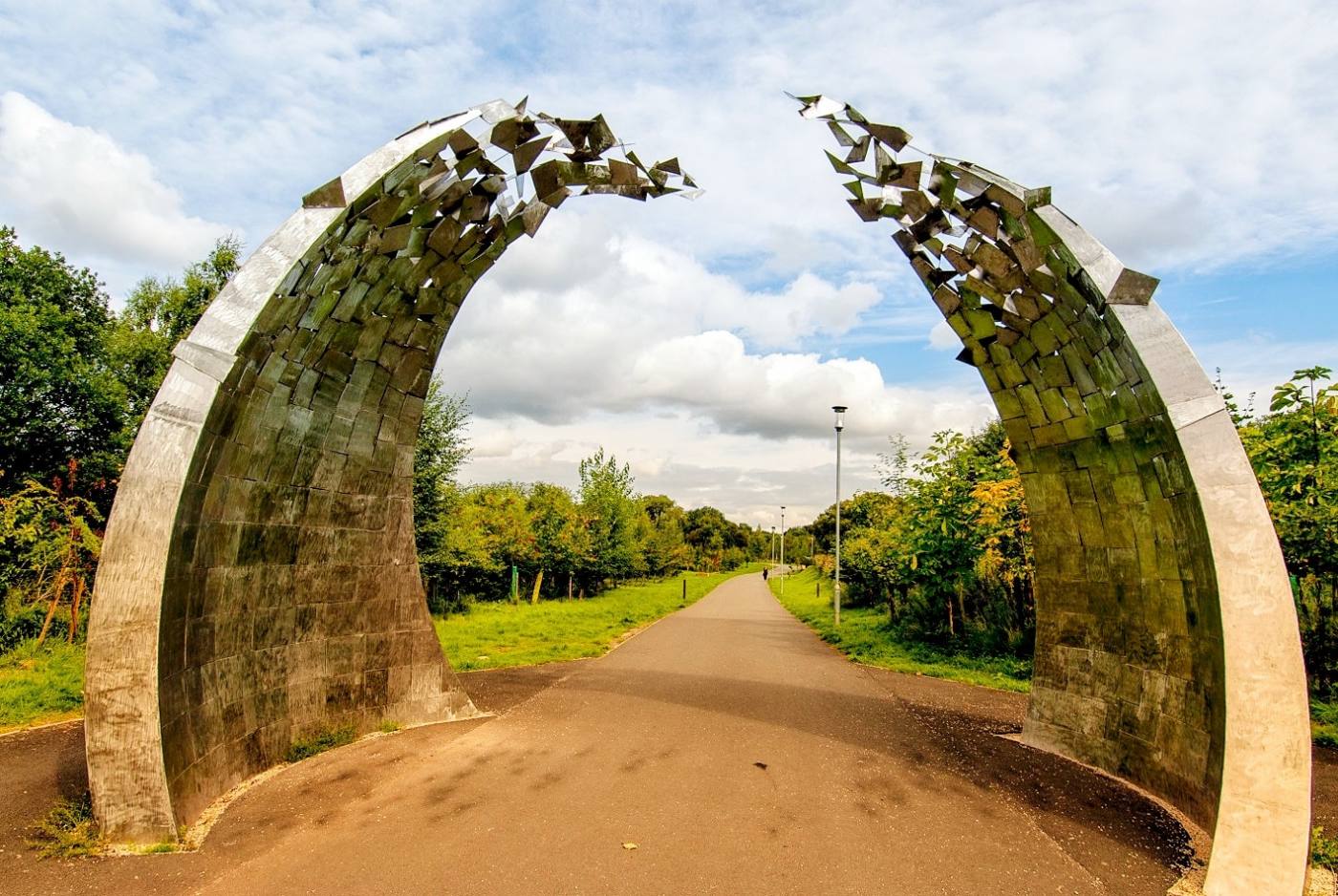
The Glasgow Observatory, which is part of the UK Geoenergy Observatories, is an at-scale research infrastructure comprising 12 boreholes, fenced research compounds and surface monitoring equipment for investigating shallow, low temperature, coal-mine-water heat energy, heat storage resources and environmental change. Data from the observatory will help us to understand the processes and impacts of this heat source and heat store as a sustainable way of heating homes and businesses in our cities. The observatory is a UKRI/NERC research infrastructure available for academic and commercial research access.
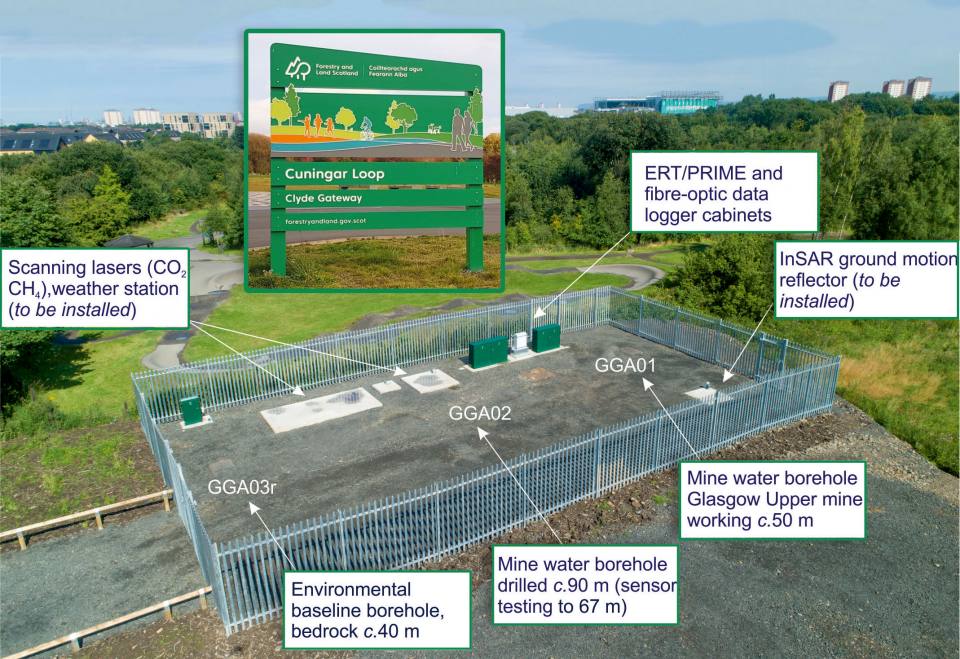
Site 1 Research Compound of the Glasgow Observatory at Cuningar Loop, Clyde Gateway. © BAM Nuttall (background); BGS © UKRI (inset).
Eleven of the boreholes have been constructed at Cuningar Loop, at depths of 16–94 m. Six boreholes target mine workings and are constructed with downhole electrical resistivity and fibre-optic sensors. They are designed to measure heat and water flow rates, and to facilitate testing and monitoring to form an evidence base for activities such as resource characterisation. Researchers will also have access to five environmental baseline boreholes and data from surface-based monitoring equipment to underpin environmental management from subsurface to surface.
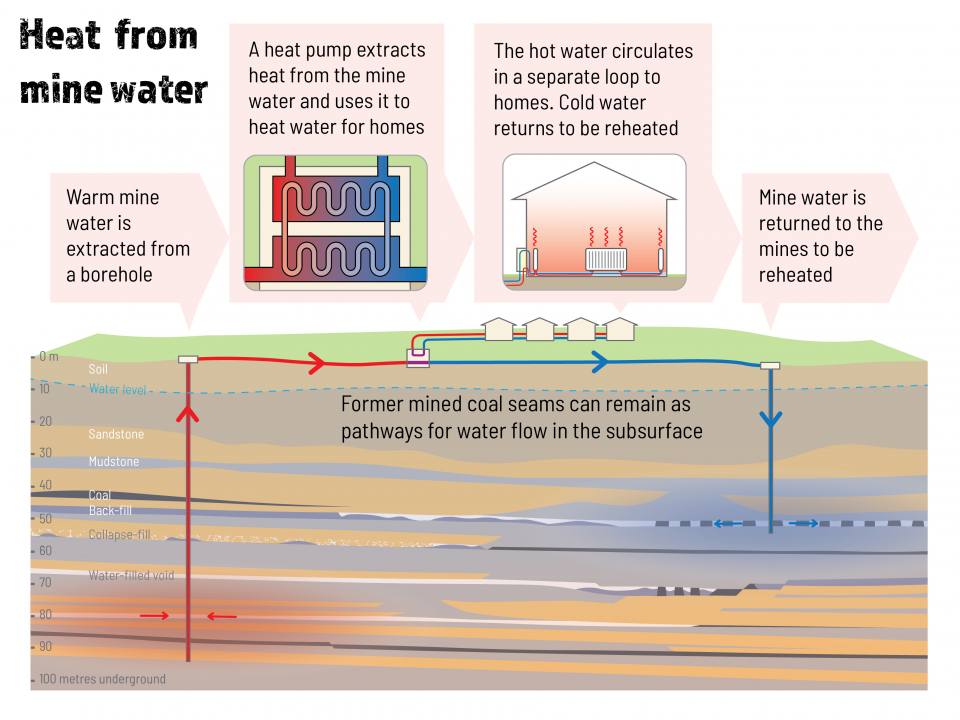
Warm mine water, commonly between 10 and 25°C, is pumped to the surface from boreholes. At the surface, heat pumps extract the heat from the mine water and raise the water temperature within a domestic or industrial heating loop to 60–70 °C. The water within this separate loop can be used to heat homes and offices. The cooler mine water is returned to a different part of the mine system, where it begins its journey to be reheated. BGS © UKRI.
In addition, seismic monitoring is ongoing at the 199 m-deep observatory borehole at Dalmarnock, which also provided the cored reference section.
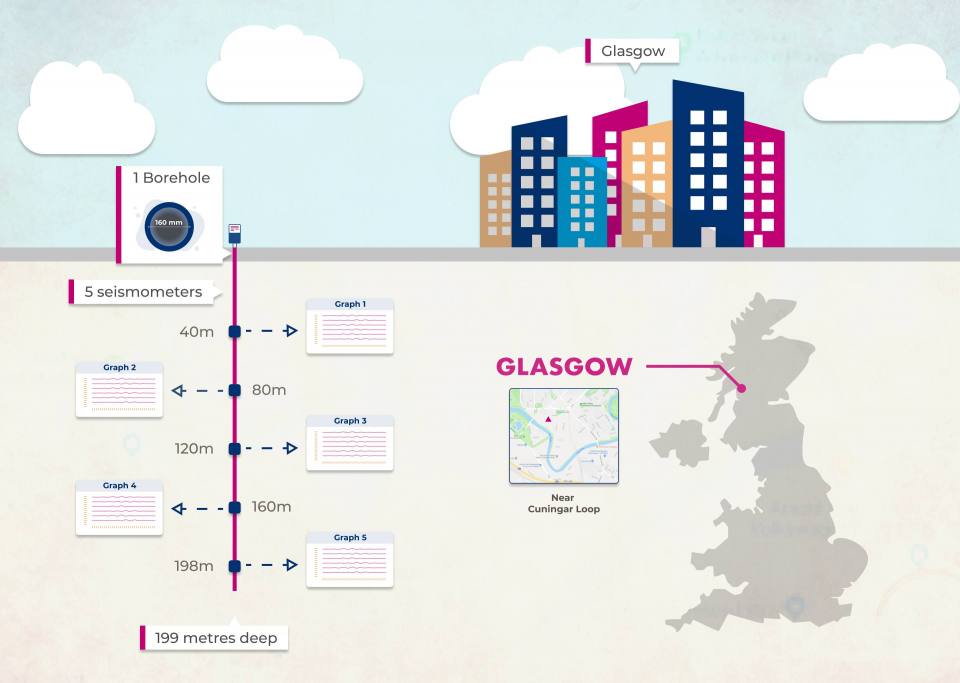
At the Glasgow Observatory, five seismometers are installed in a single borehole. The seismic monitoring borehole is 1.4 km from the mine water and environmental baseline boreholes at Cuningar Loop. BGS © UKRI.
Hydrogeological testing has proved significant flow rates of water at around 12°C in the mine-water boreholes. The Glasgow Observatory provides a research capability representative of small mine-heat energy schemes.


Introducing the UK Geoenergy Observatories: centres for world-class research in Glasgow and Cheshire run by BGS on behalf of the research community, NERC and UKRI. BGS © UKRI.
During drilling of the boreholes in 2019, BGS staff collected hundreds of rock and fluid samples for university researchers undertaking novel geochemical and geomicrobiological research towards resolving challenges for mine-water heat implementation . Site visits from early career researchers, PhD students and local senior school pupils provided opportunities for knowledge transfer and training in drilling for geoenergy. Once COVID-19 restrictions are lifted, sampling and access will resume. Detailed site information is now available, along with information on core, rock chip and preserved samples held by BGS.
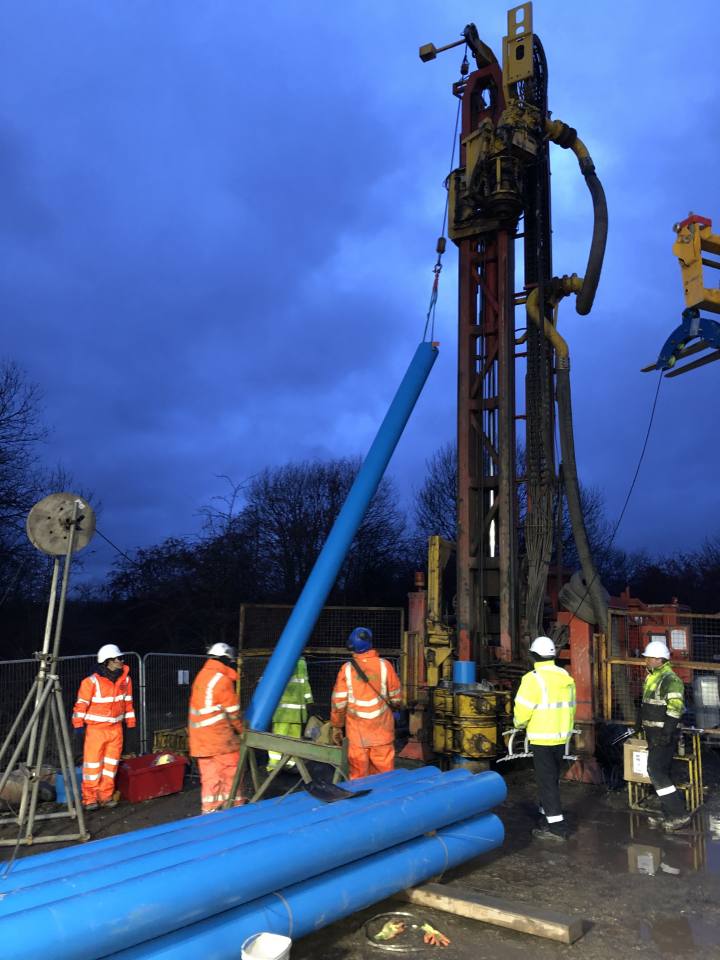
Installation of uPVC casing, electrical resistivity tomography (ERT) and fibre-optic cable into Borehole GGA07 at the UK Geoenergy Observatory in Glasgow in December 2019. BGS © UKRI.
New, open data from the Glasgow Observatory is being released all the time, for example:
- live seismic monitoring data
- borehole information packs
- core scan images from the 199 m borehole
- geological models
Ground gas surveys, a soil chemistry survey and ground motion studies have also been released, along with ongoing monthly surface water and groundwater sample suites, all of which form an environmental baseline. The interdisciplinary, open information will grow over the 15-year observatory timespan, with researchers able to integrate their data into the unrivalled evidence base.
‘The Glasgow Observatory gives us an unprecedented look into the subsurface. New open data can be freely accessed. Researchers and commercial operators are able to use the infrastructure to reduce subsurface uncertainties and test technologies to utilise mine-water energy towards decarbonising the supply of heat.’
Dr Alison Monaghan, MBE, science lead for the UK Geoenergy Observatory in Glasgow.
Looking ahead, there are plans to install permanent infrastructure for mine-water heat abstraction and heat storage research in 2021. This is expected to comprise sealed, open-loop abstraction and re-injection, flexible ‘doublets’ on four of the mine-water boreholes, connected via pipework to a small heat centre.
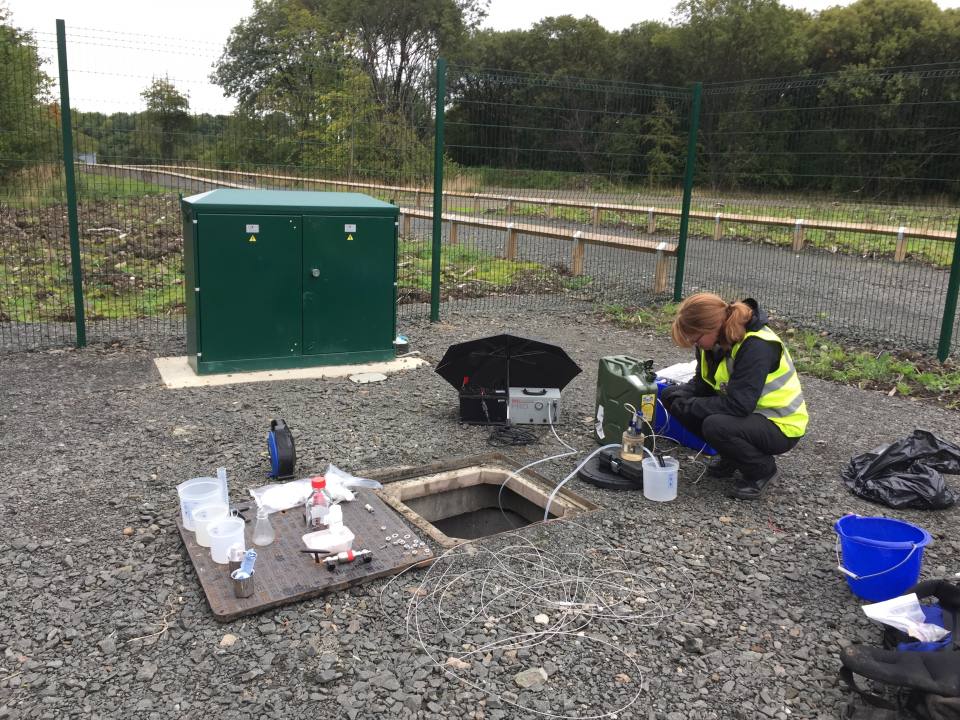
A BGS scientist sampling groundwater from a mine-water borehole at the Glasgow Observatory. BGS © UKRI.
Addressing the UN Sustainable Development Goals (SDGs)
![E-WEB-Goal-01[1]](https://www.bgs.ac.uk/wp-content/uploads/2021/01/E-WEB-Goal-011-960x960.png)
Mine-water energy is an opportunity in former coalfield areas that suffer from fuel poverty.
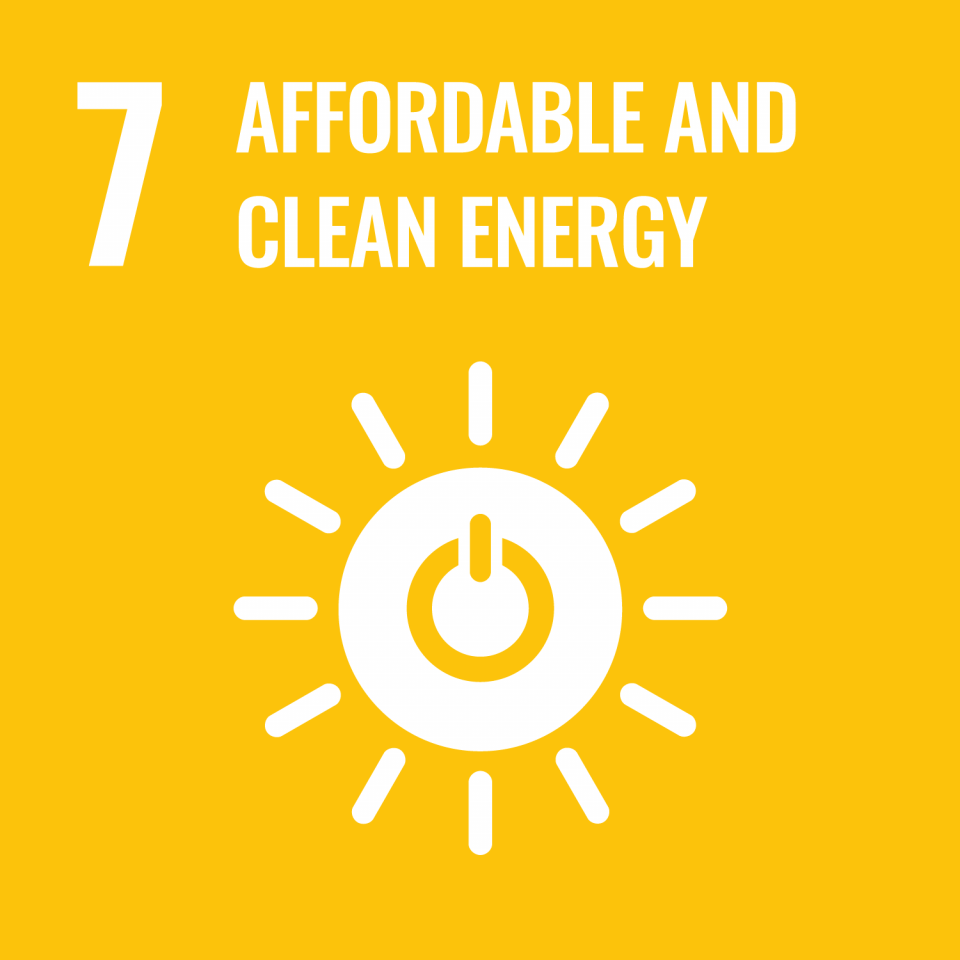
Publicly run, owned and funded, each observatory will contribute to world-class science that puts the UK at the forefront of delivering clean energy at the scale required to achieve net zero by 2050.

Mine-water energy and research have the potential to stimulate new geoenergy and geoengineering supply chains. The Glasgow Observatory will play a part, together with commercial schemes.
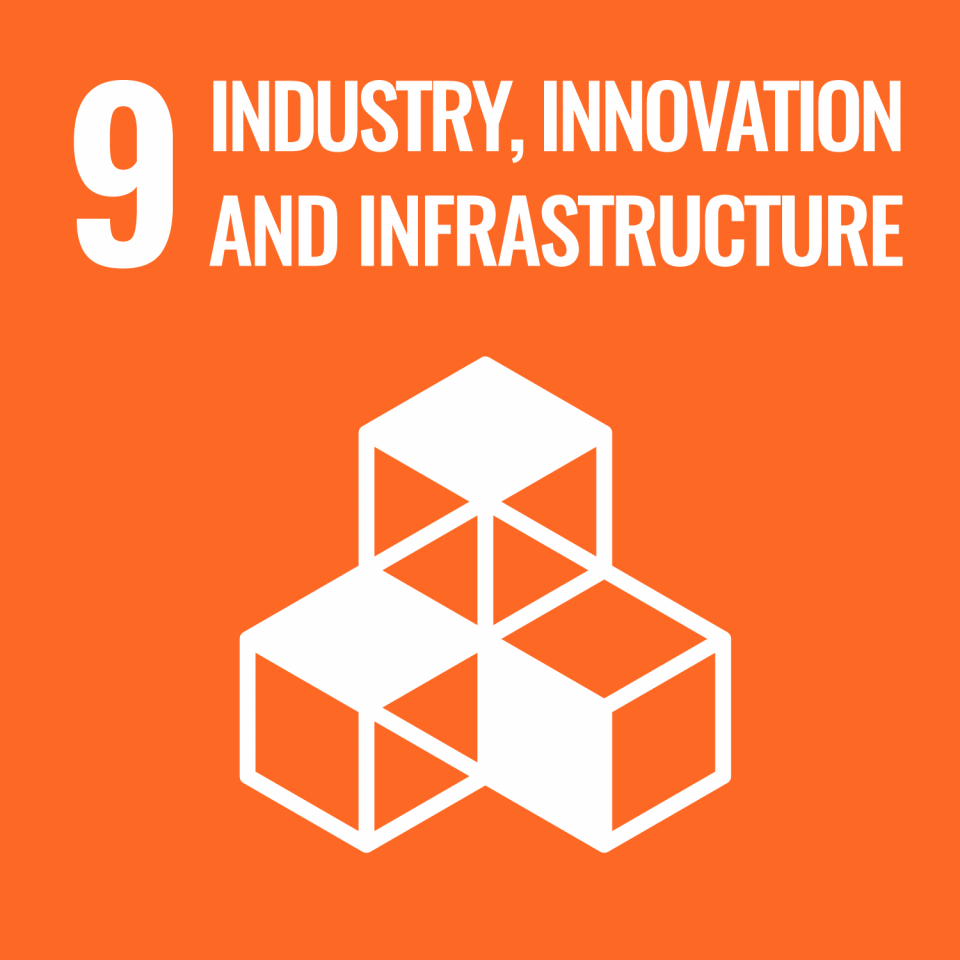
The Glasgow Observatory is an infrastructure that will enable innovation in tools, sensors and methods to reduce costs and risks. Commercial companies and consortia are encouraged to use the observatory.
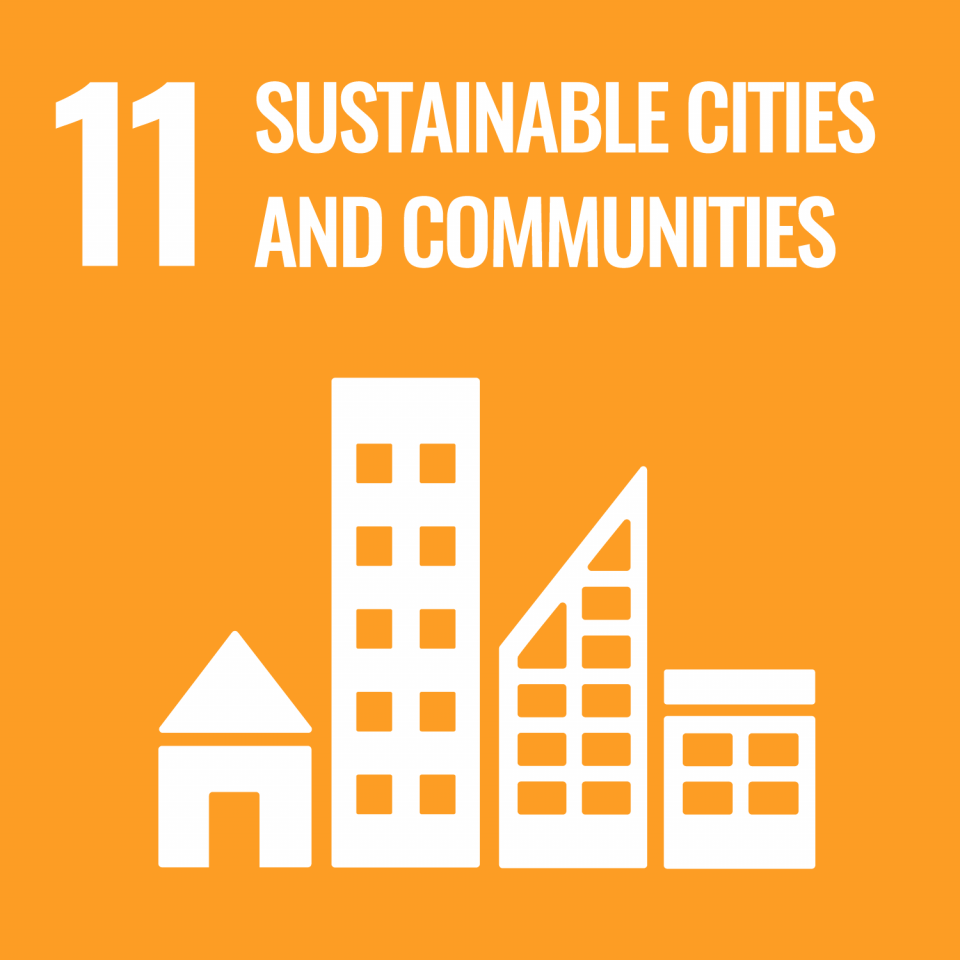
Mine-water energy is commonly located within towns and cities, and could form a baseload or thermal battery for district heating schemes. The Glasgow Observatory will provide evidence for that.
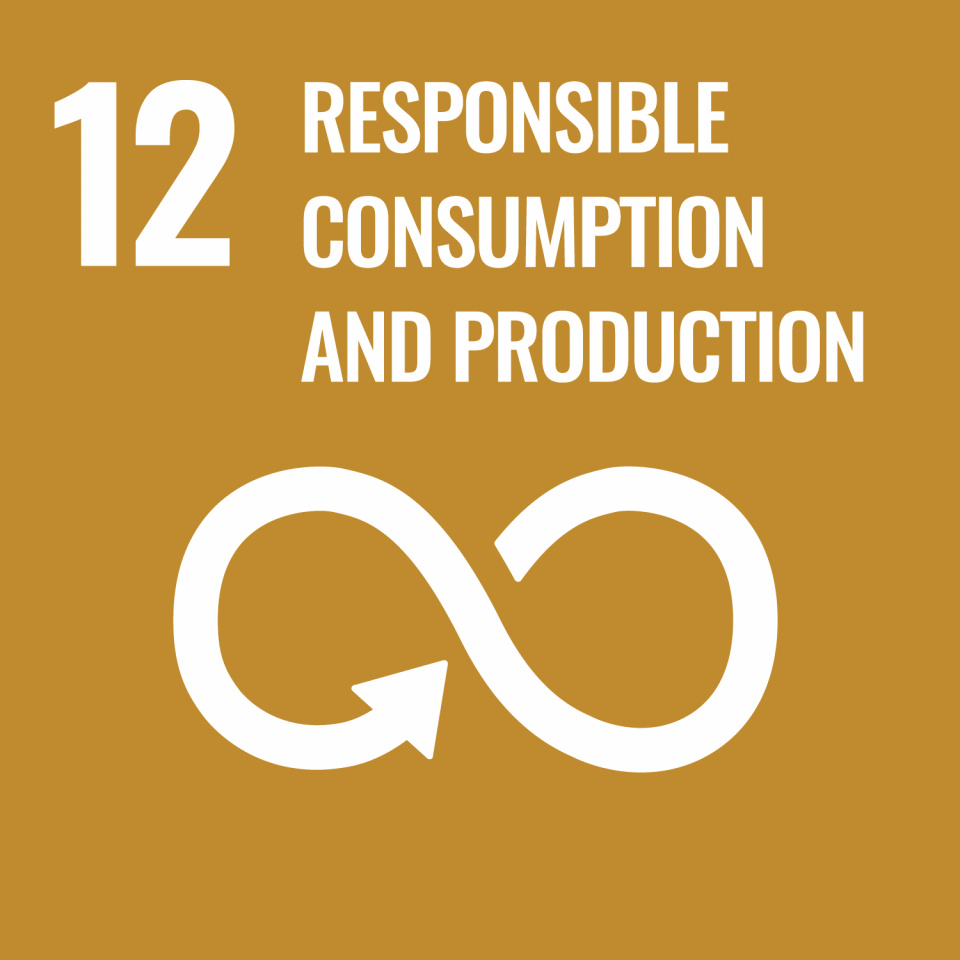
The Glasgow Observatory will reduce uncertainties in the sustainability of mine-water energy resources and environmental management, and provide open, transparent data to all.

Mine-water energy is part of the decarbonisation of heat and meeting net zero targets. The Glasgow Observatory will greatly increase the evidence base for mine-water energy and reduce uncertainties in the resource sustainability and energy flows.
About the author
More information
For more information about the Glasgow Observatory visit www.ukgeos.ac.uk or contact ukgeosenquiries@bgs.ac.uk.




